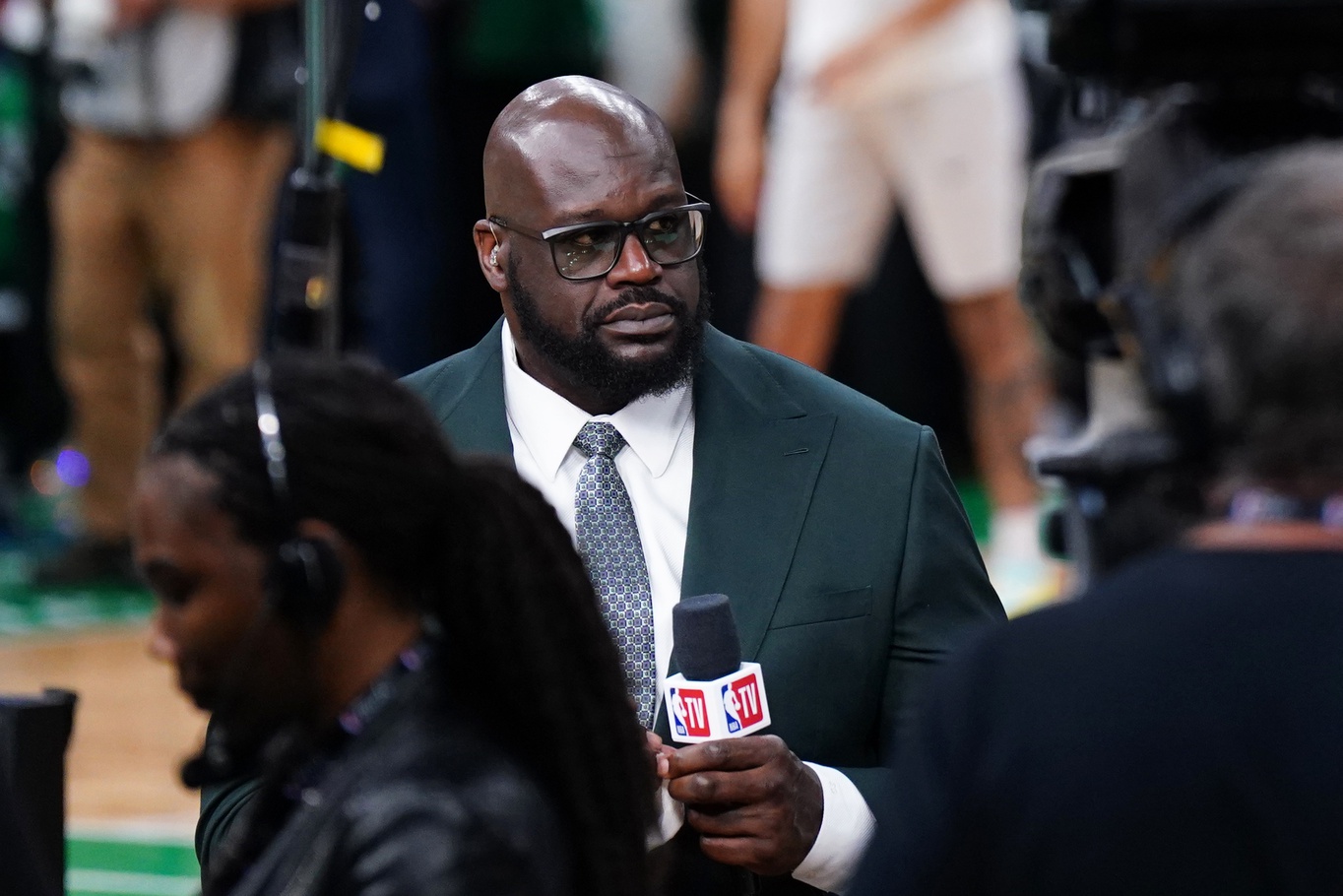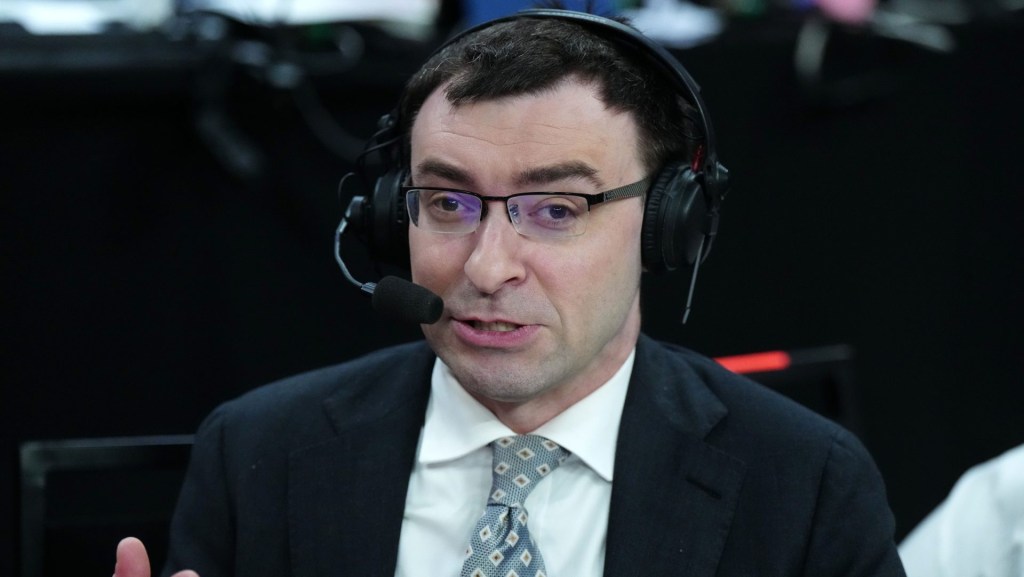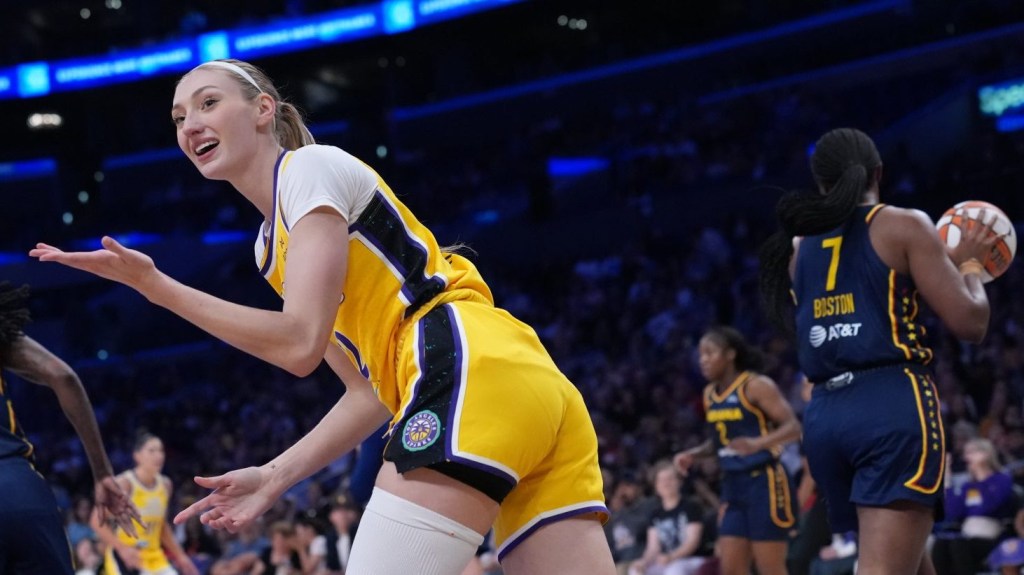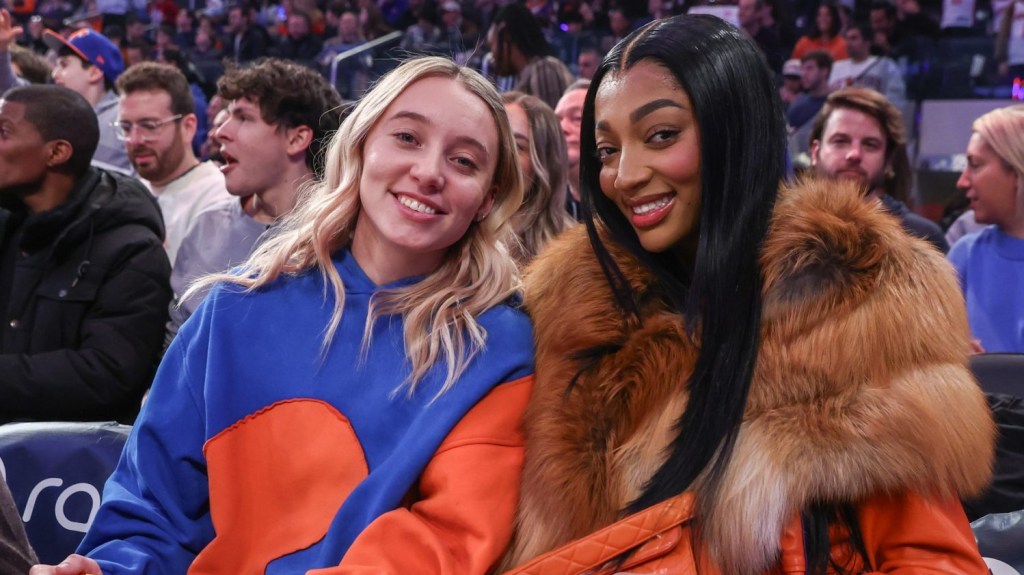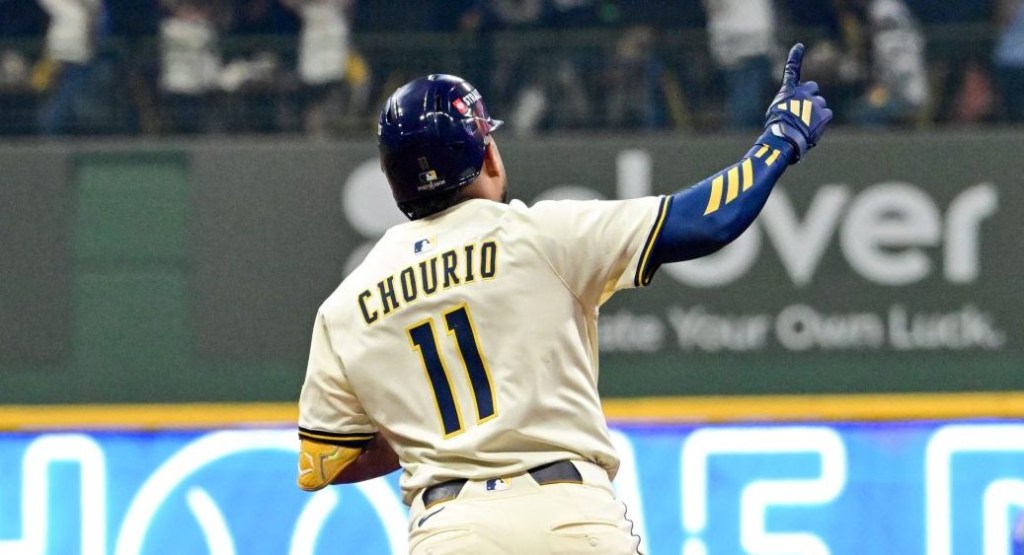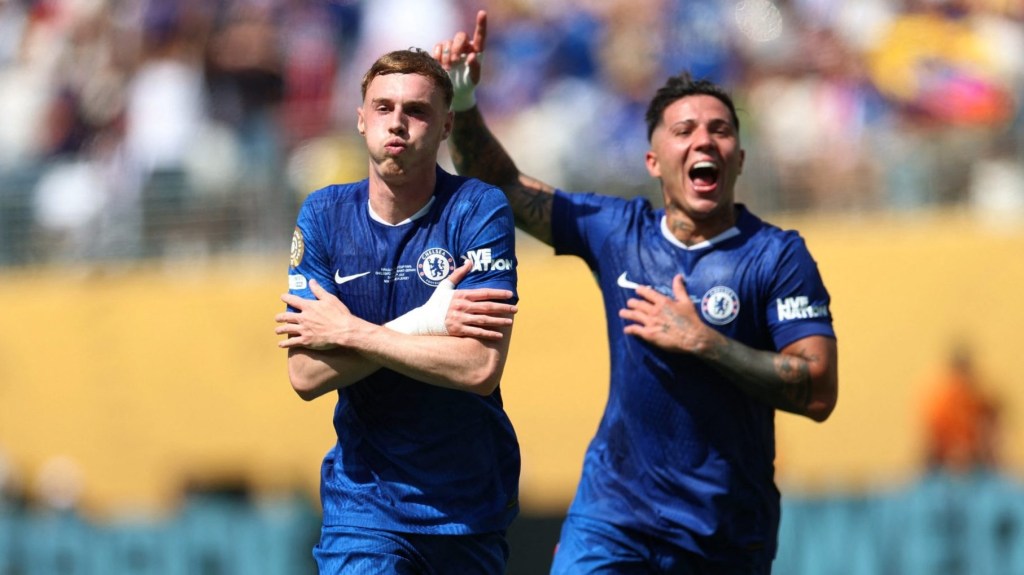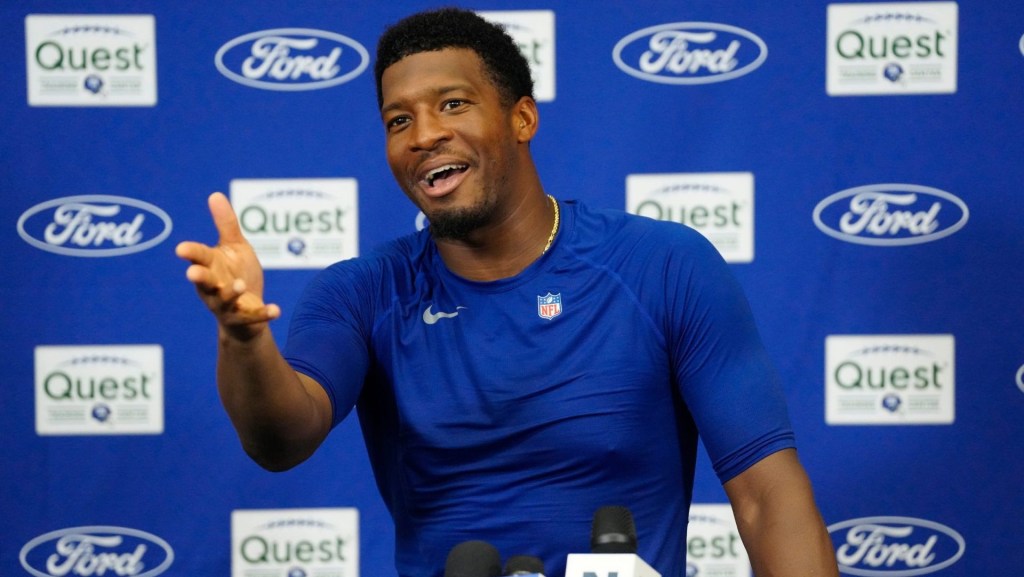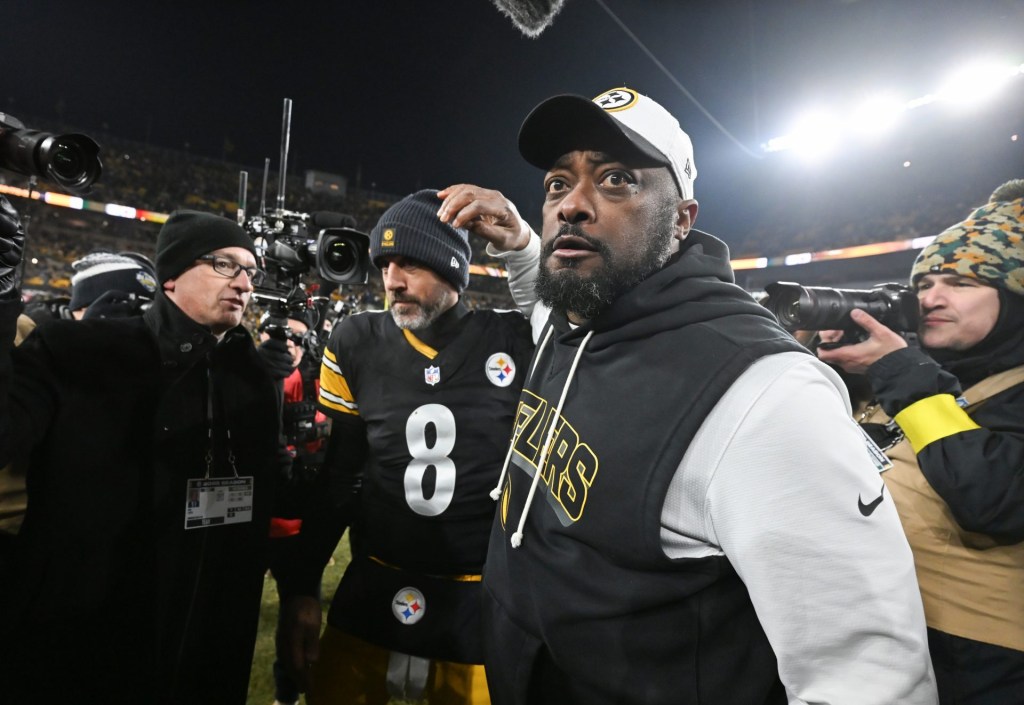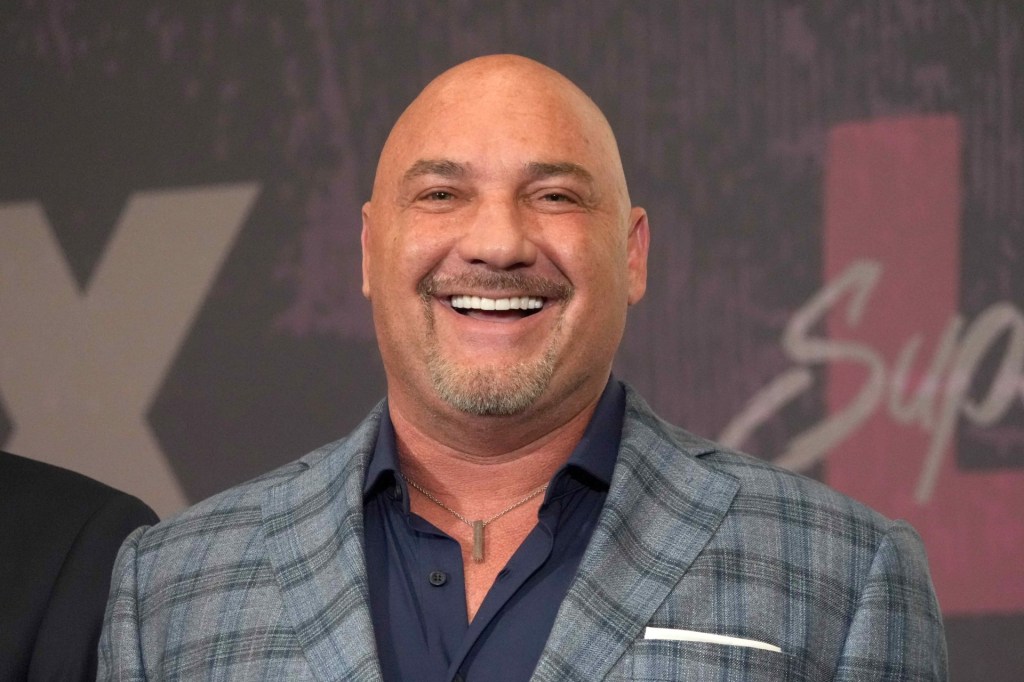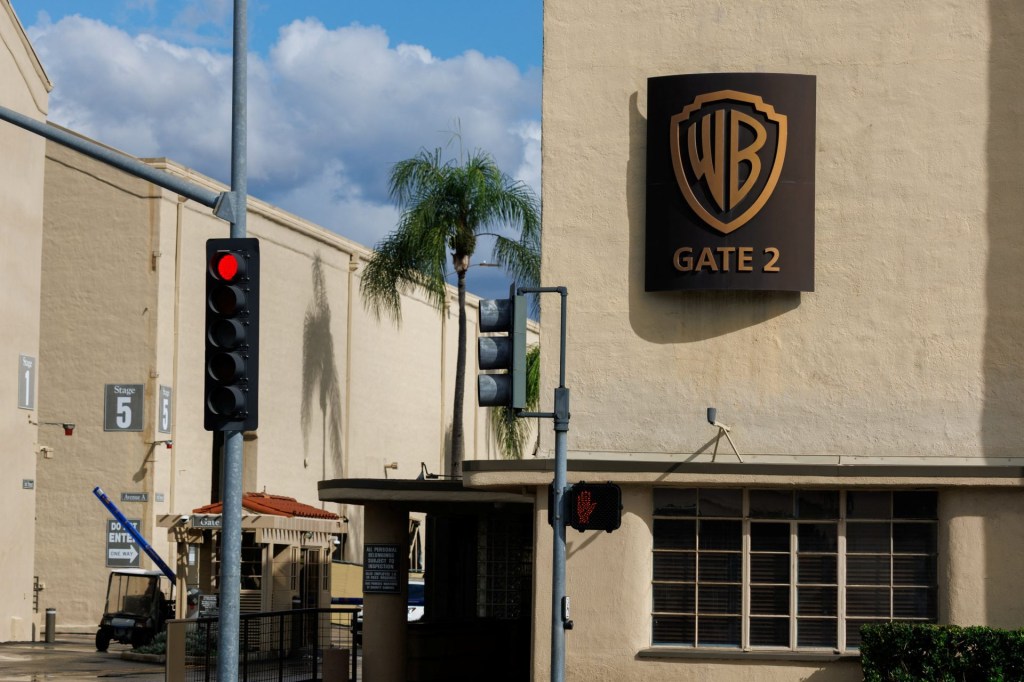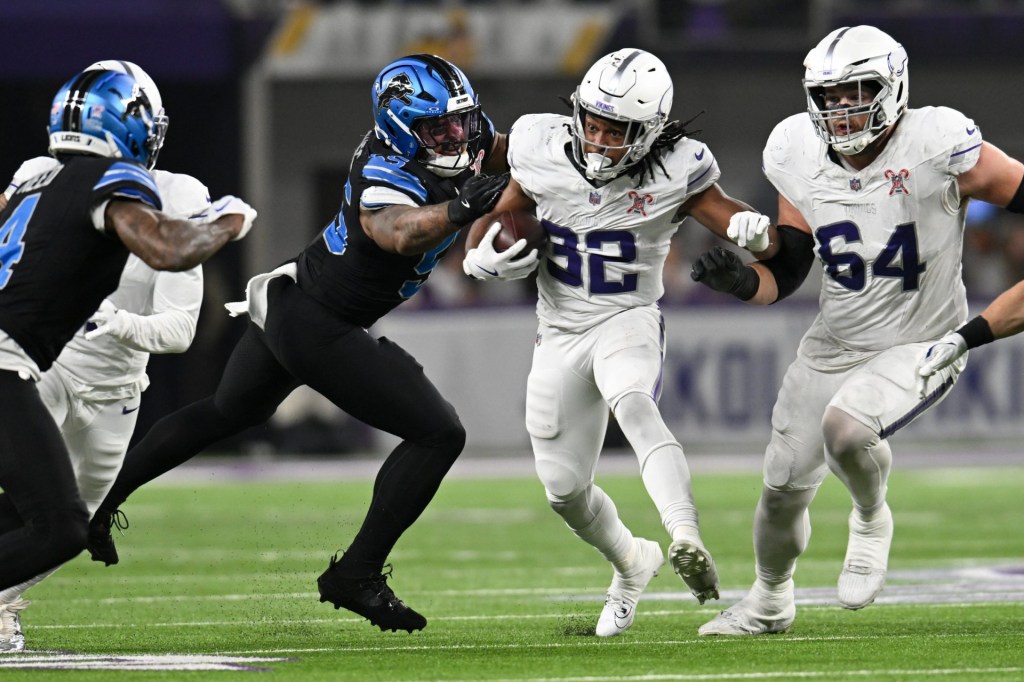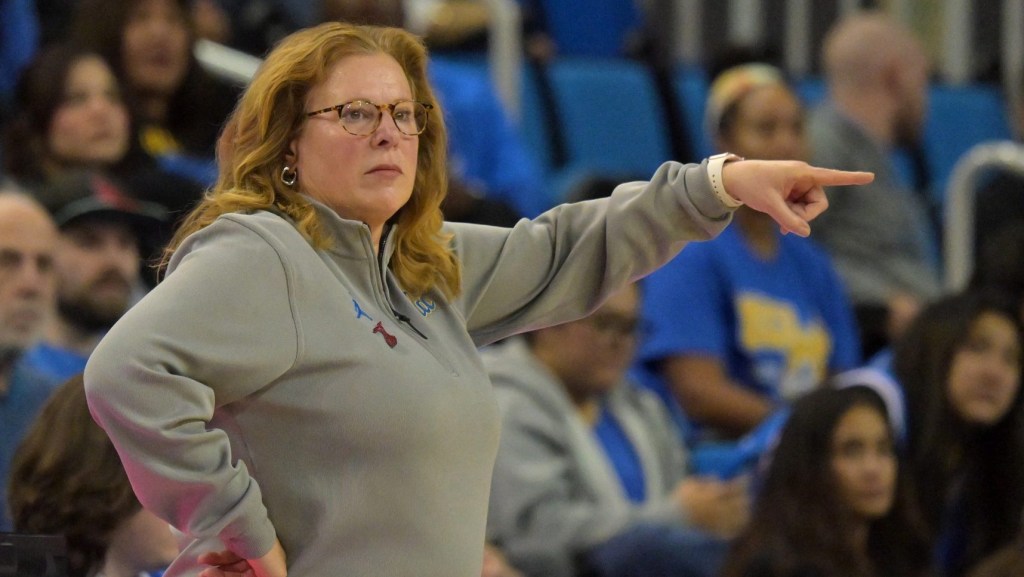The NBA’s ratings have dropped to open the season—and one of the prevailing theories for the disinterest from fans is due to this generation’s style of play.
NBA legend and TNT broadcaster Shaquille O’Neal raised the issue of the NBA’s declining viewership on Thursday’s episode of The Big Podcast following news that many of the league’s prime-time games during the first two weeks of the season saw double-digit declines. O’Neal claimed the three-point movement has made the game repetitive.
“I have a theory that [the ratings] are down because we’re looking at the same thing,” O’Neal said. “Everybody’s running the same plays. … I don’t mind Golden State back in the day shooting threes, but every team is not a three-point shooter.”
O’Neal’s far from the only one who has pointed at three-point shooting as a problem in the NBA. The Ringer’s Kirk Goldsberry has been writing about the three-point revolution for a decade, and said on an October episode of The Bill Simmons Podcast that he spoke to Adam Silver in 2019 about potential changes to the three-point line.
His primary proposal is simply to extend the top of the three-point arc so it won’t be as easy for the average player to knock it down. “Every other league on the planet that matters—the W, college basketball, FIBA—they’ve all moved the line back this century. The NBA’s the only one that hasn’t,” Goldsberry said.

More and More Threes
The league has seen a constant increase in three-point attempts since the arc was introduced in the 1979–1980 season. The average team is shooting 37 threes per game this year, a figure that’s nearly triple to what it was at the beginning of this century. It’s also up about 50% since the 2014–2015 season, the first championship of the Steph Curry–led Warriors team that solidified the value of the three-point shot.
This would seem to fly in the face of Shaq’s theory that the increase in threes is leading to ratings issues, as this era of the Warriors was a huge ratings draw and transformed the franchise into one of the league’s most valuable organizations. The NBA also increased its national TV rights money immensely with two different deals during the three-point boom.
The defending NBA champion Celtics are currently the poster child for the three-point shooting movement this season, shooting a league-high 51.2 threes, seven more than the second-place team and nine more than they finished with last season.
The math certainly checks out for three-point shots being more efficient than twos, particularly when making a high percentage, but there is a very recent precedent for teams winning without shooting a high volume.
The Nuggets, who won the title in 2023, were 24th in the regular season and second-to-last in the playoffs in three-point attempts. However, they made their threes at a high rate, ranking fourth in three-point percentage in both the regular season and playoffs.
An MLB Comparison
Baseball has also had issues with its style of play that it’s tried to fix—particularly the length of games. MLB added a pitch clock in 2023, which has been linked to better viewership and attendance.
However, regardless of play, star power is likely still the biggest driver of viewership in any major sports league. The 2023 World Series was the least-watched World Series of all time, averaging just 9.1 million viewers. But this year’s finale, which featured stars in Shohei Ohtani and Aaron Judge plus the big markets of the Dodgers and Yankees, averaged 15.8 million viewers, +74% from last year, and was the most-watched Fall Classic since 2017.
The NBA’s top draws of the past decade—LeBron James, Steph Curry, and Kevin Durant—are getting older and all are in the back half of their 30s. Despite strong starts to each of their seasons, it’s unclear whether their teams will be competing for the title—and bringing in the eyeballs the newer generation has yet to secure.
